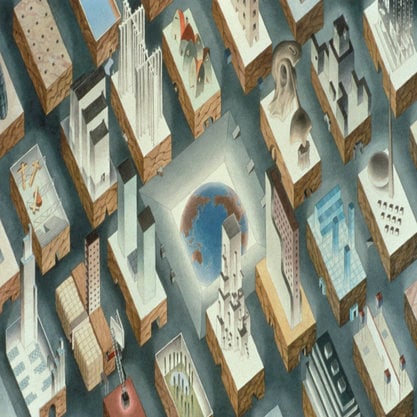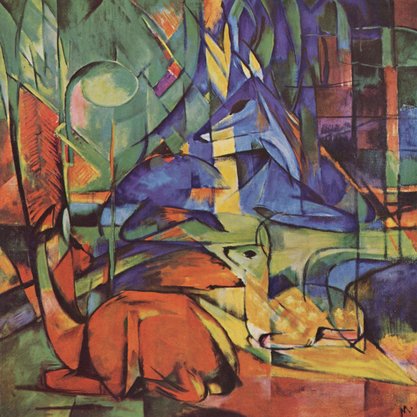Article
Die Brücke [The Bridge] By Grimm, Dagmar
Article
Convinced that art should be an expression of life representing the vitality of the times, four architecture students in Dresden joined together to found Die Brücke [The Bridge] in 1905. The name, suggested by one of their founding members, Karl Schmidt-Rottluff, reflected their intention to provide a bridge between the art of previous generations and that of the new era of the twentieth century.
As the initiator of Die Brücke and its chief spokesman, Ernst Ludwig Kirchner had the audacious idea of renewing German art. He was joined by Fritz Bleyl, Erich Heckel, and Karl Schmidt-Rottluff, fellow students studying at Dresden’s Technische Hochschule [Dresden Technical Institute]. In preceding years, both Kirchner, who had taken leave of absence to study art, and Bleyl had been working on woodcuts influenced heavily by the earlier Jugendstil. While Bleyl remained interested in the illusion of space, Kirchner had begun to simplify his style to include greater planarity, with jagged lines providing delineation and contour, creating a two-dimensional effect that was already indicative of his signature stylistic innovations of the future.


